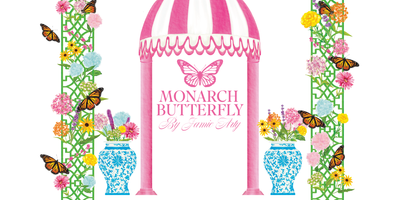Q&A
Why is Milkweed so important?
Milkweeds is the only host plants for monarch butterfly caterpillars (female monarchs lay their eggs on milkweeds) and their flowers provide nectar for bees, butterflies, and other beneficial insects. By planting milkweed, you can provide habitat for monarchs and also attract and support pollinators.
Why is the Monarch population declining?
Monarchs are threatened by pesticides — including toxic neonicotinoids and herbicides, which are killing off the milkweed plants they need to survive — as well as urban development and climate change
How can you Help the Monarchs from the brink of extinction?
Planting or allowing a few milkweed plants to grow in residential yards, parks, and empty lots, along roadsides and boulevards, as well as on school, church, and commercial properties, could play a major role in saving North America's iconic monarch butterflies from extinction
Where is the best place to plant milkweed?
milkweeds be planted in the sunniest parts of your yard or garden. If you have a choice of soil, most milkweed species thrive in light, well-drained soils with seeds planted a quarter-inch deep.
Does milkweed grow back every year?
These native milkweed are perennials, meaning they come back year after year. Their aerial parts (flower, leaves, stem) die back but their rootstock remains alive throughout the winter. Cut back milkweed stalks in the late fall or winter, after they have produced seed pods and these seeds have had time to mature.
What do you do with milkweed in the winter?
Milkweed does excellent by itself or with some supplemental mulch. Just a few dabs of mulch can protect your milkweed from cold temperatures during the chilly season. Depending on how many plants you have, you can cover the entire plant bed or just the milkweed with some high-quality mulch.

